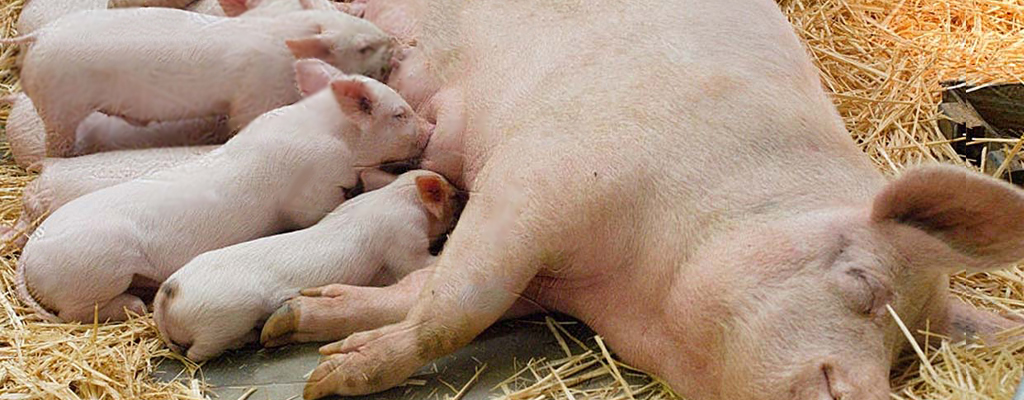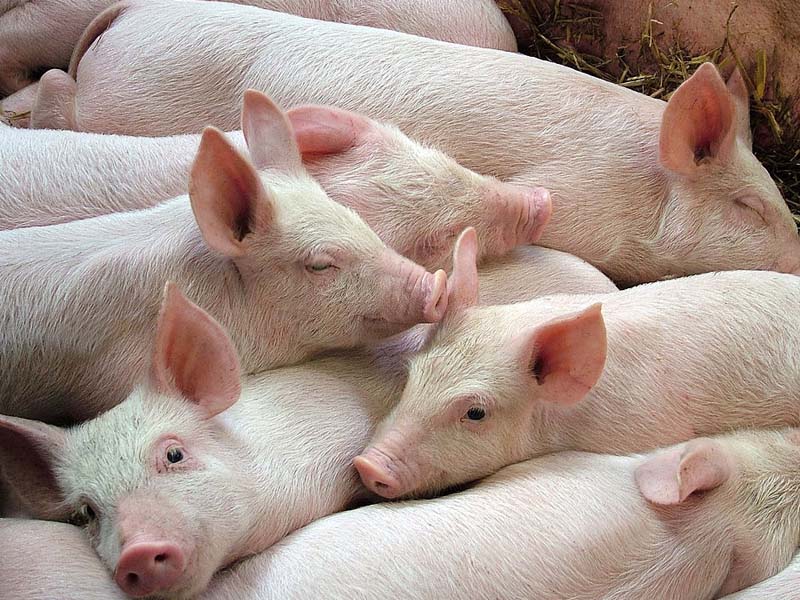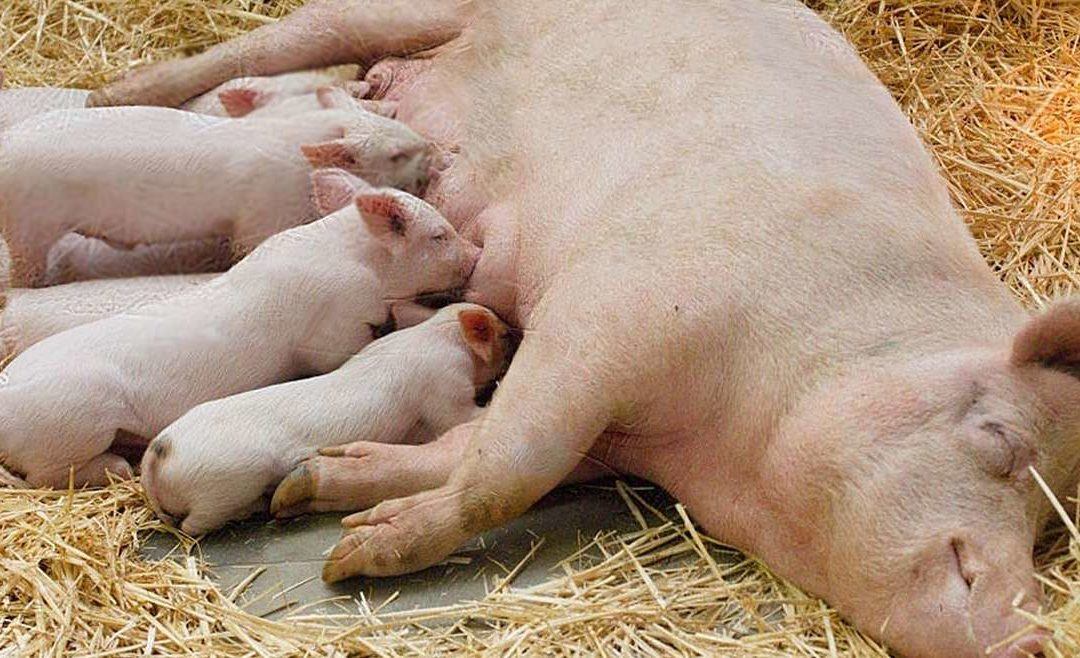Click here for article source from Molinos Champion.
Working with prolific and high-producing sows also involves a change in piglet management. The reason is very simple. The fewer piglets a sow produces per year, the more expensive the production . As the number of weaned piglets per sow / year increases, the productive profitability also increases.
Therefore, proper piglet management requires improving different parameters. But let’s see a little more about it in the following tips:
Tip # 1: Record piglet weights at birth
The first key area is making sure the sow is properly groomed before farrowing . The second key area is the farrowing itself, which has a huge impact on newborn piglets. Piglet birth weight should be optimized to ensure optimal survival rates.
Depending on the number of piglets in a litter, the birth weight should not be less than 1.4 kg . In large litters, piglets can weigh 1.2 kg at birth. But this difference in body weight leads to a difference in weight at weaning. For example, a 1 kg difference in birth weight equates to a 1.75 kg difference in body weight after 23 days of breastfeeding .
Tip # 2: Control your colostrum intake on time
The intake of colostrum should be done as soon as possible to ensure the assimilation of the necessary immunoglobulins. This will promote the development of an active and robust immune system.
The composition of colostrum changes very quickly. The crude protein content in a few hours can vary from 15 to 5.5% in milk. Therefore, make sure to supply this vital food to the piglet on time.
The piglet absorbs the highest amount of immunoglobulins from colostrum in the first 12 hours after birth. Over time, the amount of immunoglobulins in colostrum and milk decreases, as does the opportunity for piglets to absorb them.

Tip # 3: Provide foods with high nutritional contribution for each stage
Use nutritional products that support the vitality of the piglets. At this stage it is common for pigs to be small or weak right after birth.
Reduce your mortality rates by feeding a properly formulated dry diet, according to your needs. You can check more of the ideal food here .
Tip # 4: Stimulate the early development of your immune system
Newborn piglets have passive immunity received from the mother during the prenatal period. After birth, passive immunity wanes over the course of several days, stimulating the development of the innate immune system based on early intake of colostrum.

Tip # 5: close the immunity gap
Many environments are not properly optimized for piglet development. And therefore they close the year with a higher percentage in the mortality rate.
The causes can be several. In some cases, the feeding is not well adjusted or there is no adequate piglet management.
Make sure to provide a sanitary environment for your piglets. In this way you will avoid many problems that include diarrhea , weight loss, dysbiosis and other unforeseen health problems.
Tip # 6: Ensure a supply of drinking water for sows and piglets
In piglet management the supply of clean water is often overlooked. The quality of the water influences the risk of introducing pathogens into the still delicate health of the piglet.
Sows need water just like piglets and growing and finishing pigs. However, the sows have to produce milk. Therefore, they need to drink much more water compared to the other groups.
To produce 1 liter of milk, a sow needs to drink 2.5 liters of water. During the gestation period, a sow drinks between 15 and 20 liters of water a day. Lactating sows need more than 22l of water a day, depending on the size of their litter.
The water flow should be checked periodically to make sure the flow rate is not too low. The flow rate for sows in the gestation period must be at least 3 l / min. And for lactating sows at least 4 l / min.
Tip # 7: Do not neglect the feeding of the mother sow
By improving feed digestibility, sows absorb more nutrients and therefore can produce more milk of better quality, as demonstrated by many scientific and commercial trials.
Piglet care combines the creation of an optimal environment (with optimal temperature, humidity, air flow), advanced biosecurity and skilled labor. This formula is the only one to achieve high breeding results. To boost commercial fattening, complement your strategy with targeted nutrition:
